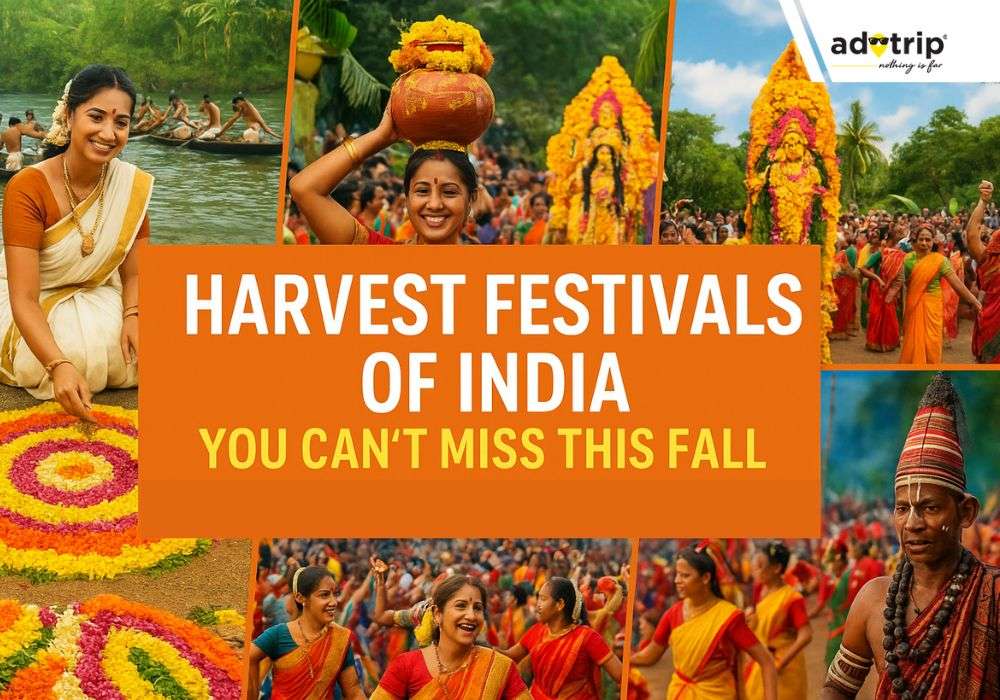
Last Updated At: 13-Aug-2025
Harvest Festivals of India You Can’t Miss This Fall
As the last drops of the monsoon fade and the air turns crisp, India’s countryside begins to hum with a special kind of energy. Fields are lush, rivers brim with post-monsoon vitality, and farmers across states prepare to bring in their harvest. In many ways, autumn — spanning September to November — is the season when India truly wears its heart on its sleeve.
These months witness a kaleidoscope of harvest festivals that celebrate abundance, honor the earth, and unite communities in gratitude. From Kerala’s flower-decked streets during Onam, to the thunder of drums in Meghalaya’s Wangala, each festival offers a unique sensory experience: the aroma of new rice, the shimmer of oil lamps across fields, the swirl of traditional attire, and the rhythm of folk songs echoing under open skies.
This guide will take you through nine unmissable harvest festivals that fall between September and November 2025 — complete with exact dates (where possible), cultural insights, travel tips, and foodie recommendations. Whether you’re a festival-hopper, a culture enthusiast, or a traveler seeking authentic India beyond monuments, this is your autumn roadmap.
Quick Fall 2025 Harvest Calendar
Here’s your at-a-glance table for festival planning.
Festival | Region (State) | 2025 Dates | Key Attractions |
Kerala | Thiruvonam: Sept 5 | Vallam Kali (boat races), Pulikali, Onasadya | |
Nuakhai | Western Odisha | Aug 28 | New-rice rituals, community feasts |
Bathukamma | Telangana | Sept 22–30 | Floral stacks, folk songs, immersion processions |
Kati (Kongali) Bihu | Assam | Oct 18 | Akash Banti lamps in fields, tulsi worship |
Wangala (100 Drums) | Meghalaya | First week of Nov | Drum ensembles, Garo dance, Saljong worship |
Meghalaya (Shillong area) | ~Nov 12 | Khasi thanksgiving, ritual dances | |
Chavang Kut | Manipur | Nov 1 | Kuki-Chin-Mizo carnival, cultural shows |
Sohrai | Jharkhand | Around Diwali (Oct/Nov) | Cattle worship, Sohrai wall art |
Nabanna | West Bengal | November | New rice festival, pitha making |
Festival Highlights & Deep Cultural Insights
1. Onam (Kerala) – Thiruvonam: Sept 5, 2025
Onam is Kerala’s grandest festival — a 10-day harvest celebration rooted in legend. It commemorates the annual homecoming of the mythical King Mahabali, whose reign symbolized equality and prosperity. The streets are adorned with Pookkalam (floral carpets), the air is filled with temple music, and markets brim with fresh produce.
What to See:
- Vallam Kali (boat races) in Alappuzha’s backwaters — long, snake-shaped boats slicing through glistening waters.
- Pulikali (tiger dance) in Thrissur — men painted as tigers dancing to percussion beats.
- Onasadya — a 20-plus dish vegetarian feast served on banana leaves, featuring avial, olan, erissery, and payasam.
Travel Tips:
- Book accommodation in Kochi or Alappuzha months ahead.
- Dress modestly; many events are linked to temples.
- Try to attend a village-level Onam — smaller but more intimate than big city versions.
2. Nuakhai (Western Odisha) – Aug 28, 2025
Literally meaning “new food,” Nuakhai marks the consumption of the first harvest of paddy. Families gather after offering the first grain to the presiding deity of their area. This is less of a tourist spectacle and more of a deeply rooted rural custom, making it a unique experience for culturally sensitive travelers.
What to See:
- Morning prayers at local temples.
- Elders giving blessings, and younger family members offering “Nuakhai Juhar.”
- Local markets selling freshly harvested grains, vegetables, and Sambalpuri textiles.
Travel Tips:
- Sambalpur is the best hub; combine your visit with a trip to Hirakud Dam.
- Respect privacy — most celebrations are within family courtyards.
3. Bathukamma (Telangana) – Sept 22–30, 2025
An eight-day floral festival celebrated predominantly by women. Bathukamma means “Mother Goddess come alive” and the festival honors Goddess Gauri. Women stack seasonal flowers like marigold, chrysanthemum, and celosia into conical shapes, sing devotional songs, and immerse the arrangements in lakes or rivers.
What to See:
- Massive evening processions to Hussain Sagar Lake in Hyderabad.
- The intricate floral arrangements, which change daily.
- Street food stalls around immersion points.
Travel Tips:
- Wear comfortable footwear; processions involve walking.
- Photography is welcomed but maintain respectful distance.
4. Kati (Kongali) Bihu (Assam) – Oct 18, 2025
Unlike Bohag and Magh Bihu, Kati Bihu is a quieter, austere festival marking the lean season before harvest. The focus is on prayers for a good crop.
What to See:
- Akash Banti — mustard-oil lamps placed on bamboo poles in fields.
- Tulsi plant worship in Assamese households.
- Traditional snacks like pitha and larus.
Travel Tips:
- Best experienced in rural Assam; Majuli Island offers a serene setting.
- Carry mosquito repellent — fields can be damp post-monsoon.
5. Wangala (100 Drums Festival, Meghalaya) – First week of November
The Garos’ biggest festival, Wangala, honors Saljong, the Sun God, for a bountiful harvest. It is also called the 100 Drums Festival for its dramatic drum ensembles.
What to See:
- Men and women in traditional Garo attire performing synchronized dances.
- The pulsating sound of long, wooden drums.
- Traditional rice beer being shared in bamboo cups.
Travel Tips:
- Tura is the main venue; book homestays to experience Garo hospitality.
- Photography is encouraged — but always ask first.
6. Nongkrem Dance (Meghalaya) – ~Nov 12, 2025
The Khasi tribe celebrates Nongkrem to thank the gods for good harvest and peace. Held in Smit village near Shillong, the highlight is the Pom-Blang sacrifice and the elegant dances performed in colorful traditional outfits.
What to See:
- Khasi women in elaborate gold ornaments and vibrant dresses.
- Men performing sword dances.
- Sacred rituals conducted by the Syiem (chief) and priests.
Travel Tips:
- Seating is limited — arrive early.
- Respect restrictions around sacred areas.
7. Chavang Kut (Manipur) – Nov 1, 2025
Celebrated by the Kuki-Chin-Mizo tribes, Chavang Kut marks the end of the harvest season and doubles as a massive cultural showcase.
What to See:
- Folk dances, drum performances, and traditional games.
- “Miss Kut” beauty pageant.
- Food stalls offering smoked pork, sticky rice, and bamboo shoot dishes.
Travel Tips:
- Imphal’s main stadium is the focal point — check schedules in advance.
- Combine with the Sangai Festival later in November for a double cultural treat.
8. Sohrai (Jharkhand) – Oct/Nov
Sohrai is a harvest and cattle festival celebrated by tribal communities, especially in Hazaribagh district. Homes and cattle sheds are decorated with Sohrai paintings — intricate wall art made using natural pigments.
What to See:
- Women creating murals depicting animals, plants, and geometric designs.
- Evening lamp rituals in cattle sheds.
- Community feasts.
Travel Tips:
- Hire a local guide to access painting villages.
- Avoid flash photography — it can damage delicate pigments.
9. Nabanna (West Bengal) – November
Nabanna means “new rice” and is celebrated with feasts, cultural programs, and community events.
What to See:
- Villages cooking pithas — steamed or fried rice cakes.
- Cultural fests in Kolkata showcasing Bengal’s music and dance.
- Rural fairs selling handicrafts and fresh produce.
Travel Tips:
- For authenticity, head to rural Bardhaman or Howrah.
- Kolkata’s Nabanna Utsav is perfect for urban festival lovers.
Food & Flavors of the Harvest Season
The culinary landscape during these festivals is irresistible:
- Onam: Avial, olan, payasam.
- Nuakhai/Nabanna: Rice-based sweets, pithas.
- Bathukamma: Seasonal vegetarian delicacies.
- Wangala: Rice beer, smoked meat.
- Sohrai: Millet dishes, farm-fresh vegetables.
Tip: Carry a small notebook to jot down recipes from locals — it makes for a great travel memory.
Planning Your Festival Trail
Suggested 10-Day South & East Itinerary:
- Day 1–4: Onam in Kerala (Kochi + Alappuzha)
- Day 5–6: Nuakhai in Sambalpur
- Day 7–10: Bathukamma in Hyderabad + day trips
Suggested 12-Day Northeast Circuit:
- Day 1–3: Kati Bihu in Assam
- Day 4–6: Wangala in Tura
- Day 7–8: Nongkrem near Shillong
- Day 9–10: Chavang Kut in Imphal
- Day 11–12: Sohrai in Hazaribagh
Create your own circuit through our AI Trip Planner
FAQs
Q1. Which harvest festivals happen in fall?A. Onam, Nuakhai, Bathukamma, Kati Bihu, Wangala, Nongkrem, Chavang Kut, Sohrai, Nabanna.
Q2. When is Wangala in 2025?
A. First week of November.
Q3. When is Onam’s Thiruvonam in 2025?
A. September 5, 2025.
Q4. Do I need permits?
A. For some northeastern states (not Assam/Meghalaya), Inner Line Permits are needed.
Conclusion: A Season of Abundance and Unity
India’s autumn harvest festivals are more than just cultural events — they’re living traditions where gratitude, community, and celebration converge. From the quiet dignity of Kati Bihu’s field lamps to the joyous chaos of Wangala’s drumbeats, these months offer travelers a deep, authentic connection to India’s agrarian soul.
If you plan well, you could weave a journey through several of these celebrations, each leaving you with stories, flavors, and friendships to last a lifetime. So pack your bags, mark your calendars, and let the rhythm of India’s harvest season guide your steps this fall. Check website for date accuracy - https://utsav.gov.in/
At Adotrip, we make it easy for you to explore these colorful traditions without the stress of planning. From flight bookings and hotel stays to curated festival itineraries, our team ensures you enjoy the very best of India’s cultural calendar.
Book your festive journey now and let Adotrip take care of the details — so you can focus on creating memories.
--- Published By Adotrip
Latest Blogs
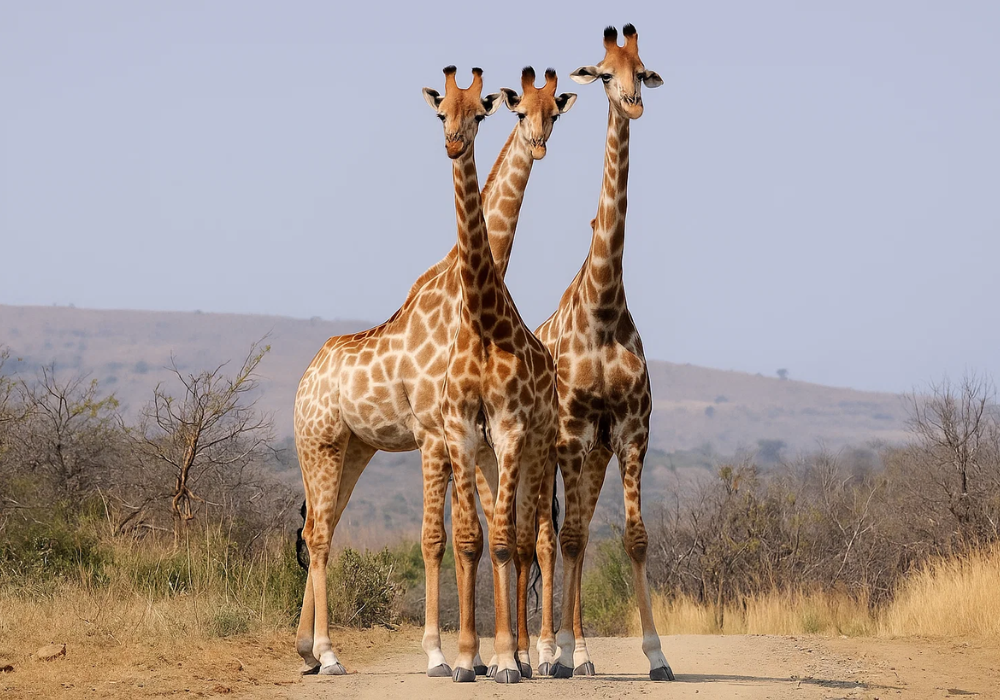
Cash in the Wild: My Safari Adventure Across Kenya with Only...

One Day Picnic Spot Near Pune - Adventure, Trekking and Natu...
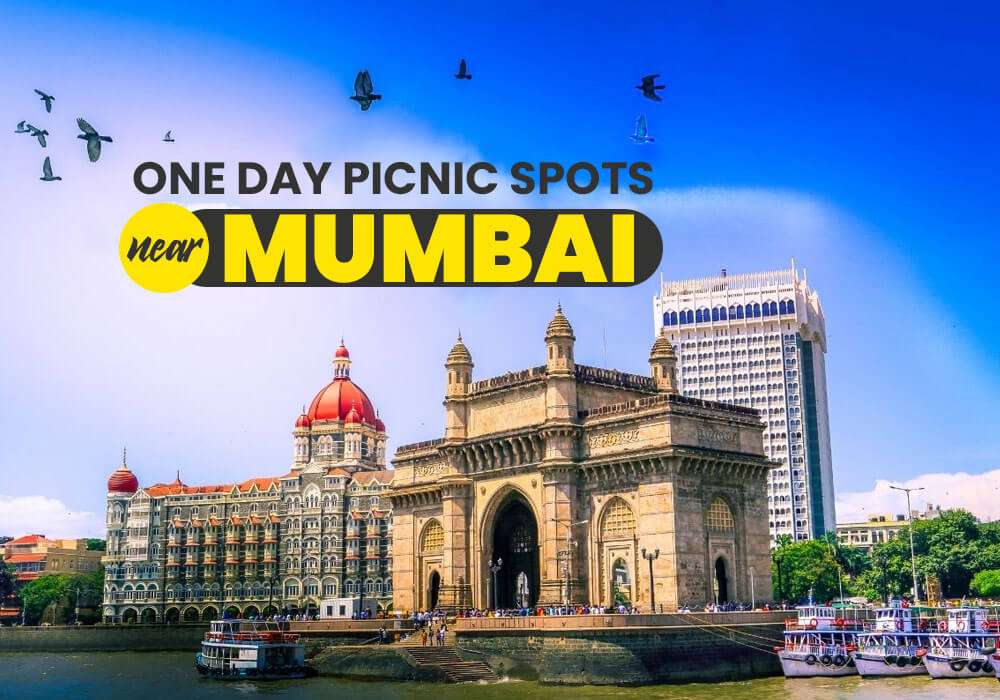
One Day Picnic Spots Near Mumbai - Monsoon, Adventure, Beach...

The Best Places to Go in Thailand in 2025
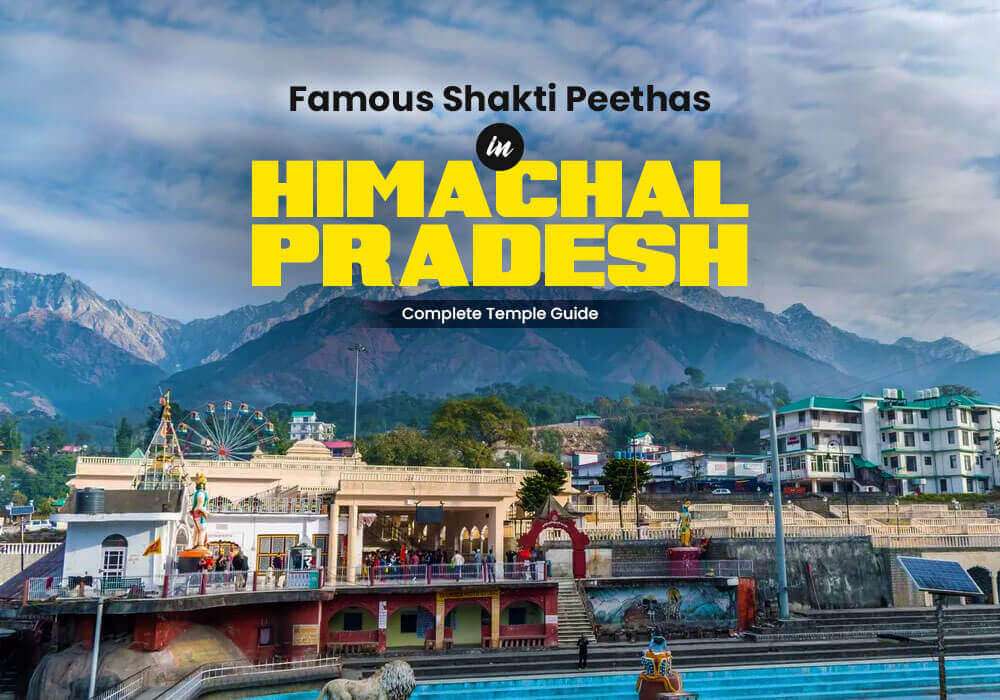


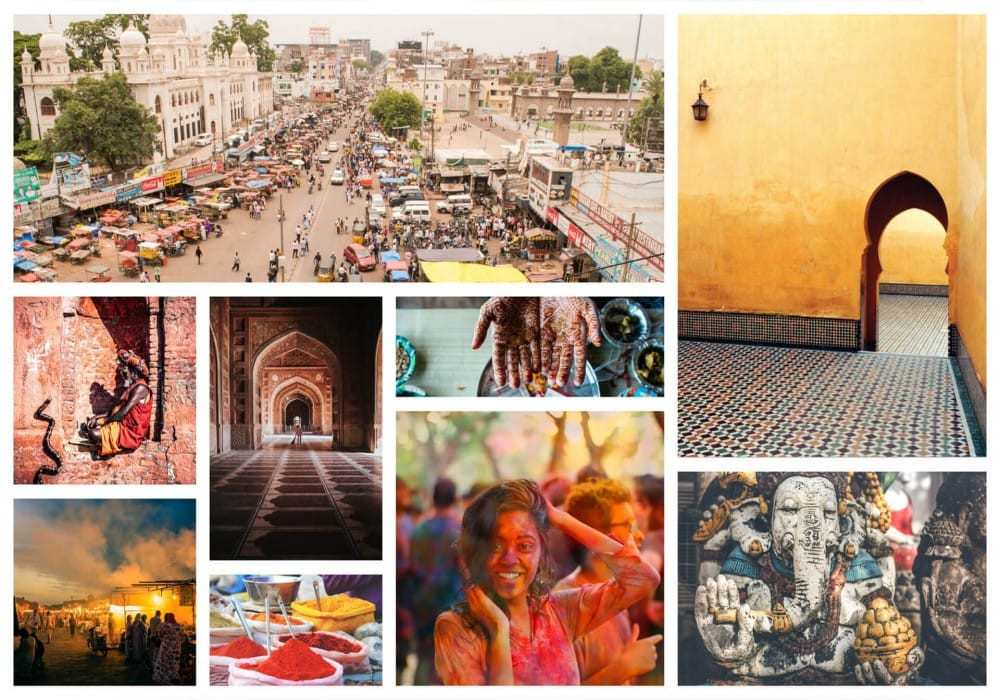
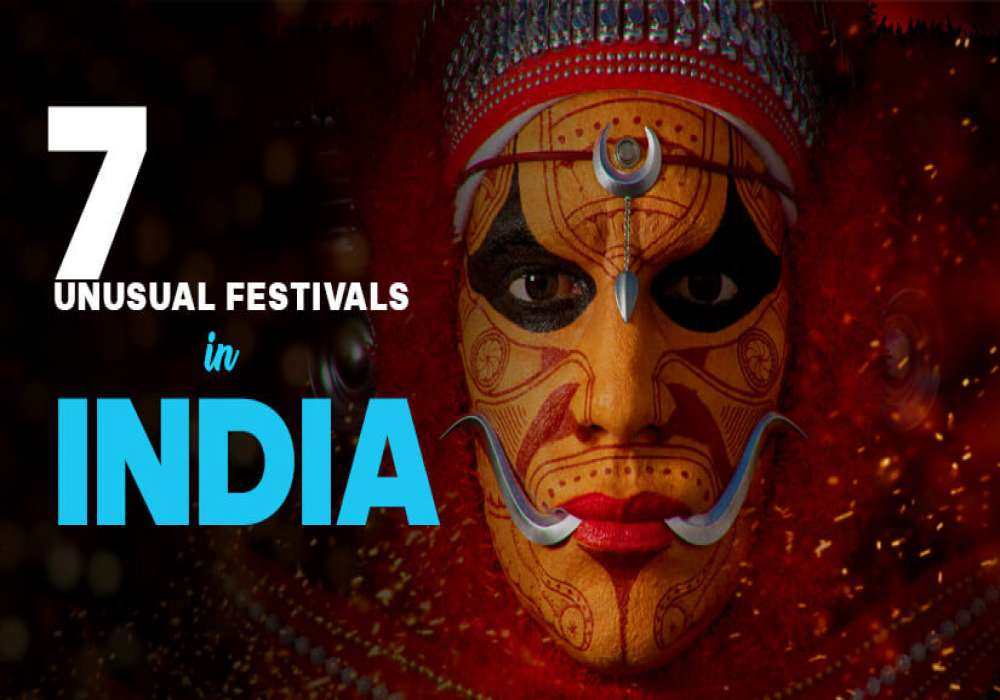


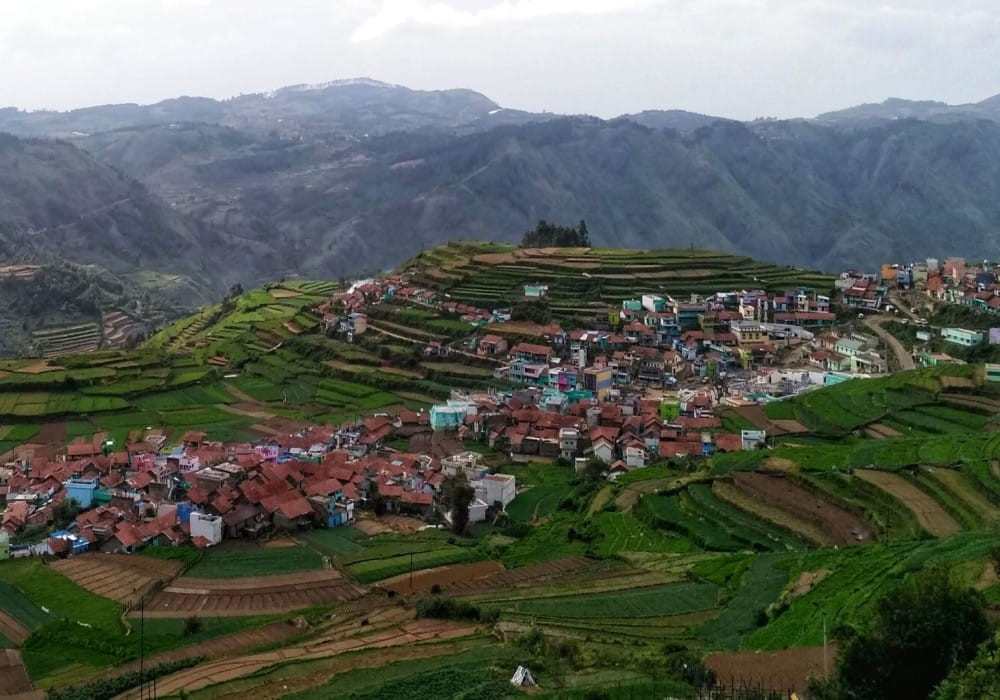
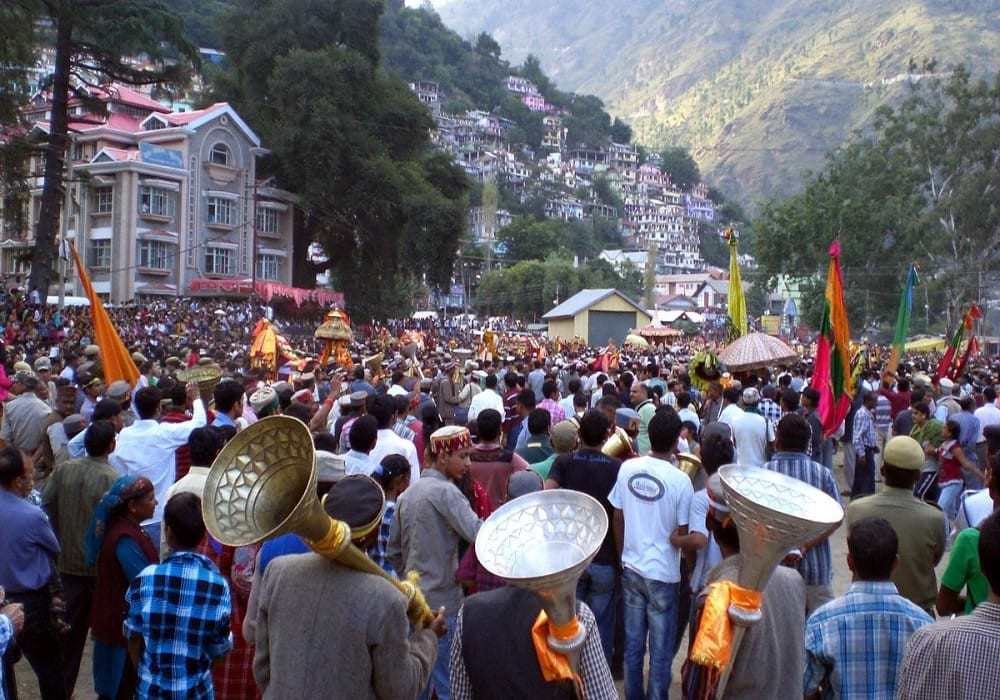
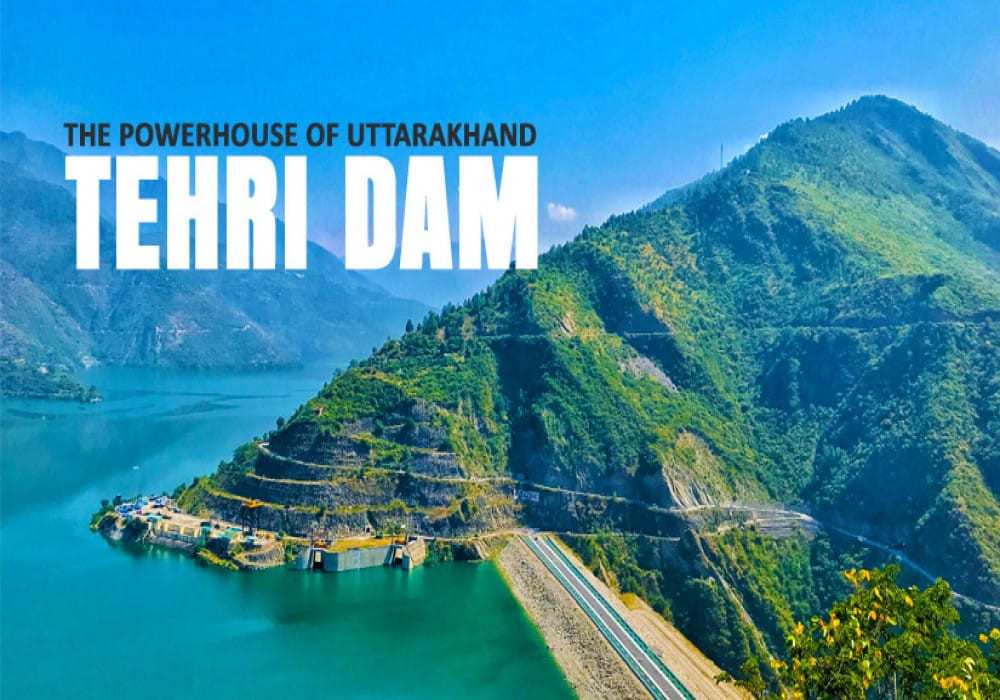


.jpg)
 Dubai
Dubai Malaysia
Malaysia USA
USA





